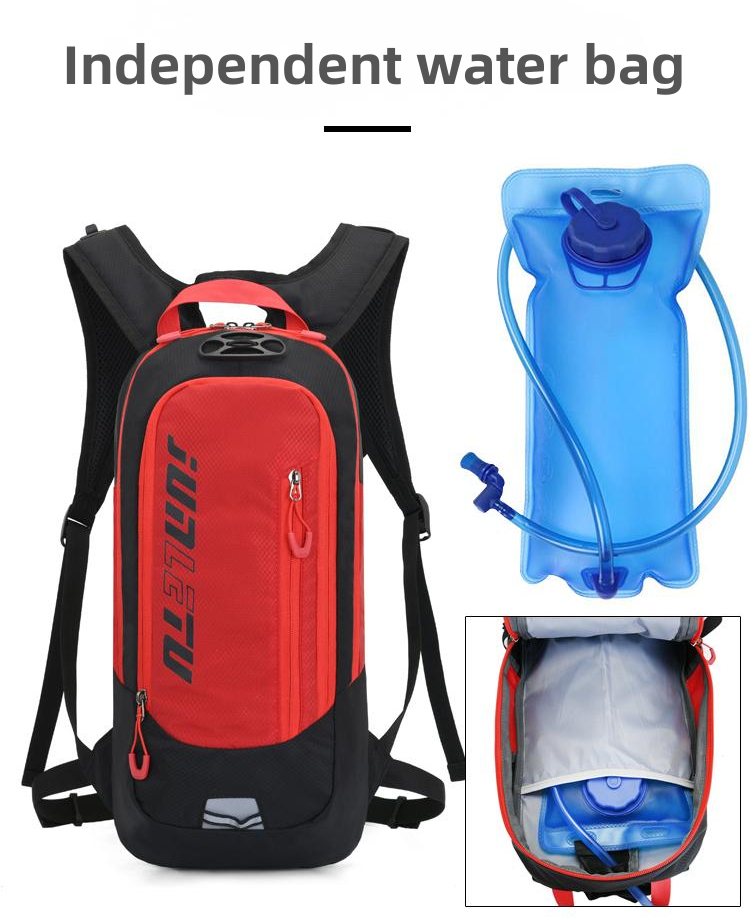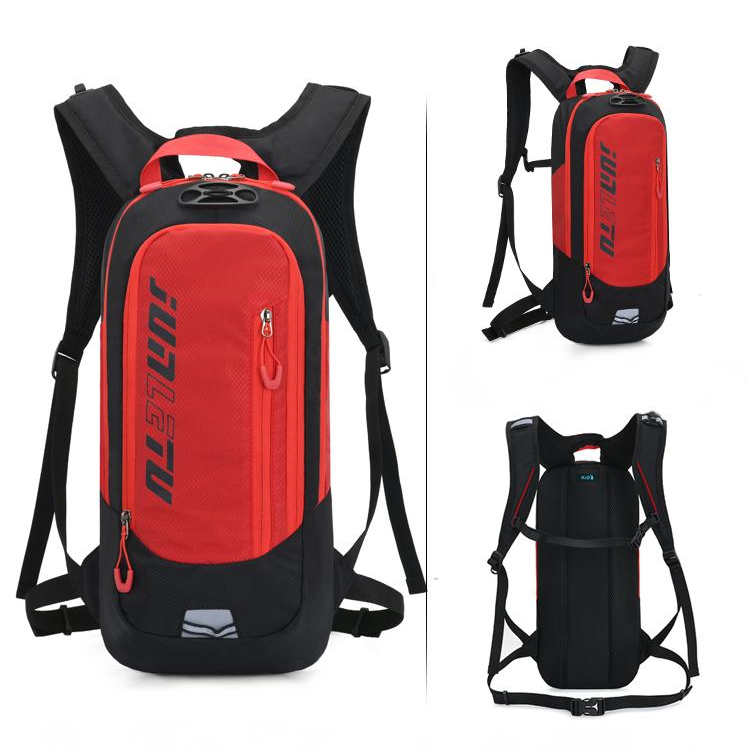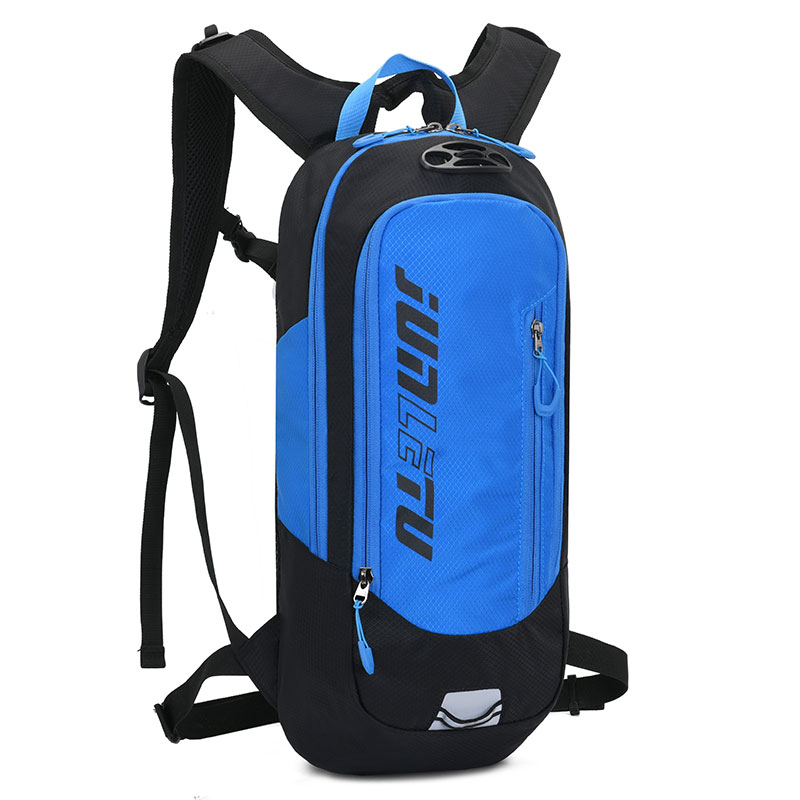As someone who loves hitting the trails, biking, or camping, my hydration bladder is a must-have every time I head out. It’s super convenient—sipping water on the go without stopping to dig out a bottle feels like a game-changer. But one day, after hiking a few miles, I noticed my backpack was soaked, and when I looked down, my pants were wet too. That’s when it hit me: my hydration bladder was leaking! Talk about a rollercoaster of emotions—frustrated, annoyed, and a little panicked since water was scarce and I still had a long way to go.
If you’ve been there—or you’re currently stressing over a leaky hydration bladder—don’t worry, I’ve got you covered. After years of trial and error (and a few ruined bladders), plus digging through forums and chatting with seasoned outdoor folks, I’ve pulled together some practical fixes. My goal? To help you stop the leak fast and maybe even avoid it altogether next time!

Where’s the Leak Coming From?
Leaks can happen for all sorts of reasons, but they usually boil down to a few usual suspects: a tear in the bladder, a loose cap, a worn-out hose, or even a poorly designed backpack. Whenever I spot a leak, my first move is to play detective and figure out what’s going on. Here’s a handy table I put together with the most common culprits and how to fix them—perfect for quick troubleshooting.
| Leak Location | Possible Cause | How to Fix It |
|---|---|---|
| Bladder Body | Pinholes, scratches, or worn-out material | Look for visible damage; patch small holes with repair tape, replace if too old. |
| Fill Port | Loose cap or damaged seal | Tighten the cap fully, check the seal for wear—replace if it’s shot. |
| Hose Connection | Loose fit or broken O-ring | Reattach firmly, inspect the O-ring—swap it out if it’s cracked. |
| Mouthpiece | Worn bite valve or debris causing leaks | Clean it out, check for cracks—replace if it’s too beat up. |
| Hose | Cracked tube or loose joint | Check for splits; use waterproof tape for small fixes, replace if major. |
My Real-Life Fixes: Handling a Leak in the Moment
1. Step One: Stay Calm and Pinpoint the Leak
That time on the trail when I realized my bladder was leaking, I freaked out for a second—but then I took a deep breath. I dropped my pack, pulled out the bladder, and started inspecting it. Turns out the hose wasn’t clicked in tight at the base, and water was trickling out. I snapped it back in, wiped everything down, and crisis averted.
So, whether you’re mid-hike or testing it at home, don’t panic. Squeeze the bladder gently to see where the water’s escaping. If it’s not obvious, fill it up, hold it upright, and watch—leaks usually show themselves pretty quick.

2. Patching Small Holes: A Trailside Lifesaver
Once, a branch snagged my bladder during a hike, leaving a tiny tear that gushed water. I didn’t have a spare, so I had to improvise. I dug out my waterproof repair tape (a must for any outdoor kit), cut off a piece, stuck it over the hole, and pressed it down hard. It held up just fine until I got home.
Some brands like CamelBak or Osprey toss in repair patches with their bladders. If yours didn’t, grab some silicone repair gel from an outdoor store—it works wonders on bladders and tents alike.
3. Leaky Cap or Connection: Tighten and Check the Seal
The fill port’s been my nemesis more times than I’d like to admit. One hike, I’d barely started when I felt my back getting wet—yep, the cap wasn’t screwed on tight. Now, I make it a habit to give it an extra twist until I hear that satisfying “click.”
The rubber seal’s another sneaky troublemaker. Over time, it can warp or fall out, letting water sneak through. If your bladder keeps leaking, pop the cap off and check the seal. If it’s toast, replacements are cheap online—think a couple bucks each.

4. Hose and Mouthpiece: Keep Them in Check
Hoses and bite valves don’t last forever. I had one bladder going strong for two years until the mouthpiece split—water dribbled out every time I took a sip. Out on the trail, I wrapped it with medical tape from my first-aid kit and limped through the day. Back home, I ordered a new mouthpiece online, and it was good as new.
Maintenance is key here. After every trip, I detach the hose, scrub it with a skinny brush, and let it air dry. Skip this, and leftover water or sugary drinks can turn it into a moldy mess—or worse, wear it out faster.
How to Stop Leaks Before They Start: Prevention Beats Repairs
Fixing a leak is great in a pinch, but I’d rather not deal with it at all. After some hard-earned lessons, I’ve figured out a few tricks to keep my bladder leak-free. Here’s what works for me:
1. Pick a Solid Brand and Material
My first bladder was a cheap no-name deal—leaked after a handful of uses. Then I splurged on a CamelBak, and wow, what a difference. Quality matters. Go for TPU (thermoplastic polyurethane)—it’s tougher than regular plastic and holds up to rough treatment. A 2L-3L size covers most outdoor adventures.
2. Handle It With Care
Bladders are handy but not indestructible. I once tossed a full one into my pack, and it landed on a sharp trekking pole—punctured instantly. Now, I pack it carefully, making sure it’s not squished or rubbing against gear.

3. Check and Replace Parts Regularly
Wear and tear hits the hose and mouthpiece hardest. Every six months, I give everything a once-over and swap out anything looking rough. Don’t skimp here—a new mouthpiece is like $10-$20, way cheaper than a whole new bladder.
4. Clean and Store It Right
Post-trip, I never skip cleaning. A splash of warm water with a drop of dish soap, a good scrub, and a full dry-out does the trick. For long-term storage, I stuff it with paper towels to keep it open and pop it in a ziplock—no mold, no fuss.
My Leak Horror Stories: Lessons Learned the Hard Way
I’ve gone through at least five bladders over the years, and the leaks? Too many to count. The worst was on a trek in cold weather—my bladder sprang a leak, soaking my pack, sleeping bag, and spare clothes. That night, with temps below freezing, I shivered in damp gear and swore I’d never skip a backup again. Now, I always pack an extra, even if it’s a little heavier.
Another time, biking down a trail, my hose snapped—water streamed down my leg, and passersby gave me the weirdest looks. I laughed it off, patched it with tape at a gas station, and pedaled home. That day taught me to always carry a mini repair kit.

FAQ: Your Burning Questions Answered
Q1: What if I can’t fix the leak?
If patching fails or the hole’s too big, it’s time for a new one. Bladders aren’t like jeans—too many fixes ruin the vibe and might not be safe to drink from. Check out brands like Source or Platypus—solid options that won’t break the bank.
Q2: Mouthpiece keeps leaking—can I swap it?
Yep! Most are universal. I’ve mixed and matched brands with no issues—just double-check the fit. You can snag a replacement online for under $15.
Q3: Why does my water taste funky?
Could be buildup or cheap materials. I soak mine overnight with baking soda and vinegar, rinse it out, and it’s usually fine. If the taste lingers, upgrade to a food-grade TPU bladder.
Q4: My backpack’s soaked—now what?
Pull the bladder out, wipe the pack with a dry towel, and let it air out. In a rush? Hit it with a hairdryer on cool. I skipped drying once, and mold set in—never again!
Wrapping Up
A leaking hydration bladder is a pain, but with the right know-how, it’s totally manageable. I’ve gone from fumbling in the dark to handling leaks like a pro, all thanks to years of trial and error. Hopefully, my tips save you some hassle and keep your next adventure smooth sailing. Got your own leak stories or clever fixes? Drop them below—I’d love to hear what’s worked for you! Happy trails!